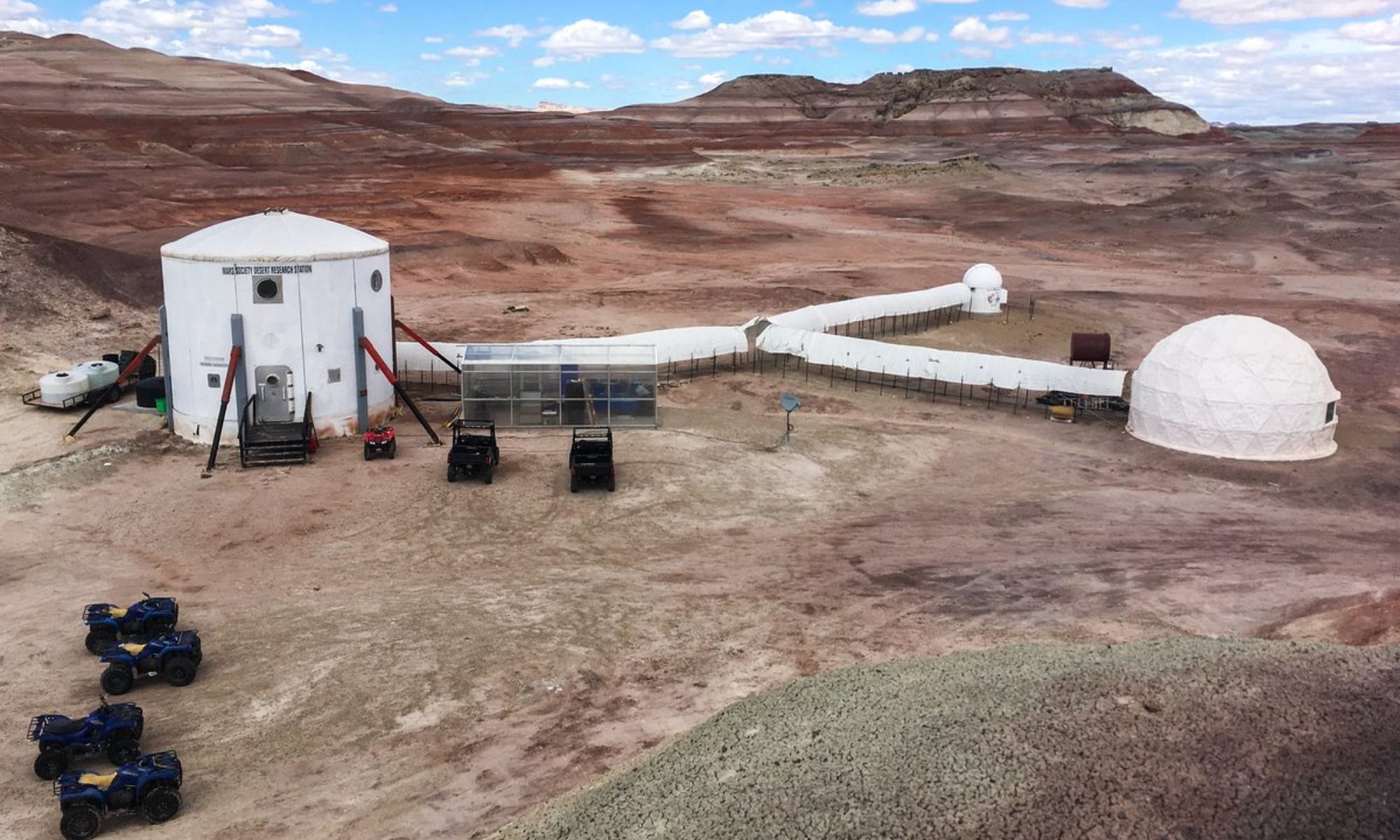Crew 311 Journalist Report 20Feb2025
SOL 3 : A break to freshly restart the day
Author: Isolde Louzier-Ricalens
13:26PM: At the time I am writing this report, the schedule indicates that I should be on an EVA (Extra-Vehicular Activity), installing atmospheric instruments. However, Quentin, Robin, and I have finished our little expedition early! This was our first EVA of this length, and we immediately feel the intensity of these outings. Indeed, the suits are heavy, and the longest EVAs, which are planned for 4 hours, are supposed to be tiring. Once back inside, a pleasant surprise: Célyan had prepared delicious little snacks that were not refused!
In the meantime, Somaya was the first to participate in Humanise, our tele-operation experience. She has worked tirelessly with researchers over the past few days to ensure its smooth operation, and it is a great relief and joy to see it working today, especially since it appears to be very entertaining.
16:42PM: The crew took a short break this early afternoon. Everyone has been working intensely since the start of the mission; it was an opportunity to recharge, especially since Erin has been sick since the beginning of the mission, which must have made these first days even more challenging for her. I personally took advantage of it to build a small cardboard shelf and tidy up some of the equipment that had been lying around in the HAB since SOL 0, with the help of crew members waking up from their nap. Now, Robin is modeling another small storage unit in 3D to organize the batteries and phones necessary for certain experiments.
The GreenHab was also lively today. Yesterday, we discovered that the greenhouse did not contain any potting soil, and even after searching the station from top to bottom, we only found some at the base of already potted plants. Mission Support confirmed during the evening that there wasn’t any more, so Meddi had to dig up the useless plants in the GreenHab to recover their soil—a vigorous task to start the day, but it allowed him to finally plant the microgreens.

